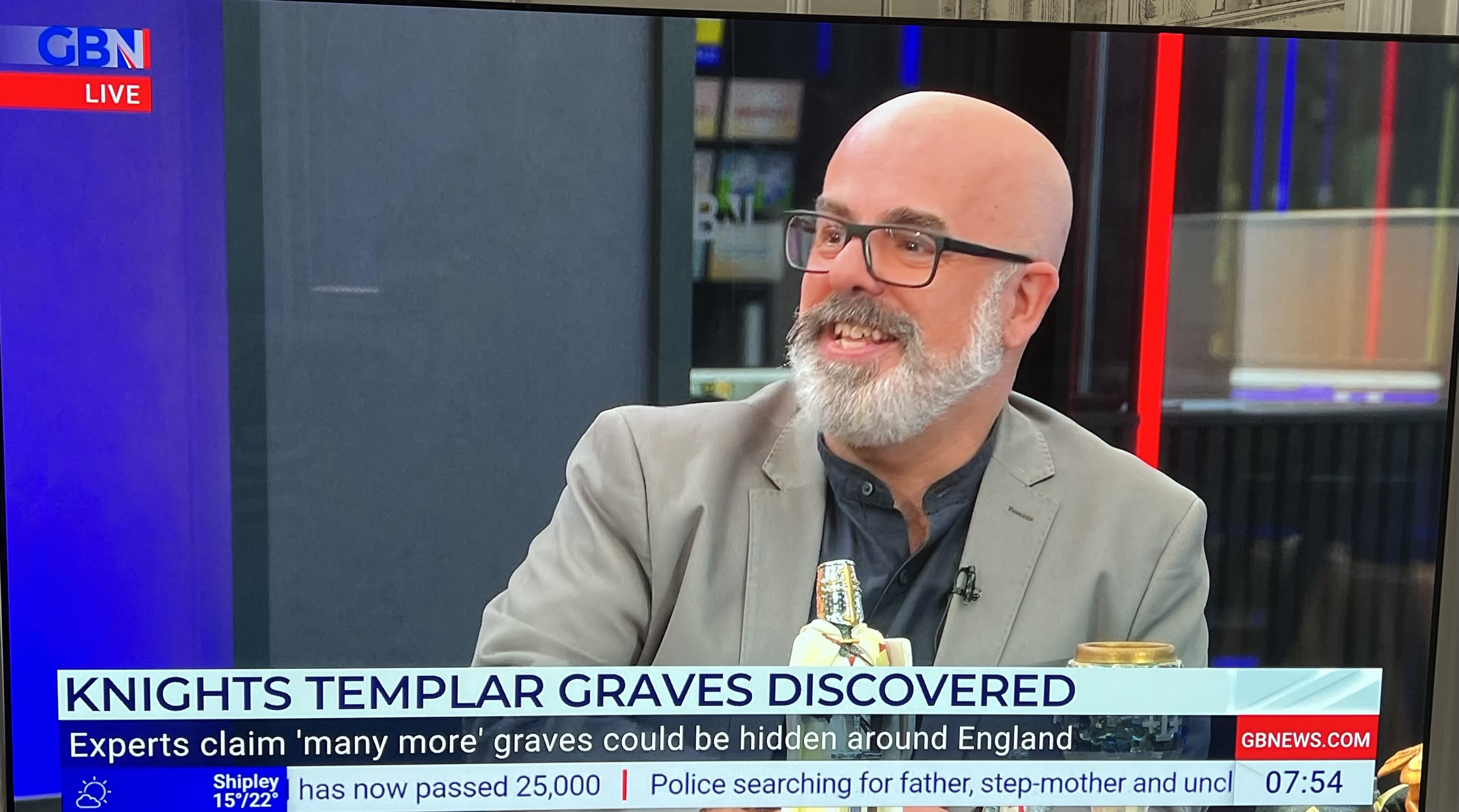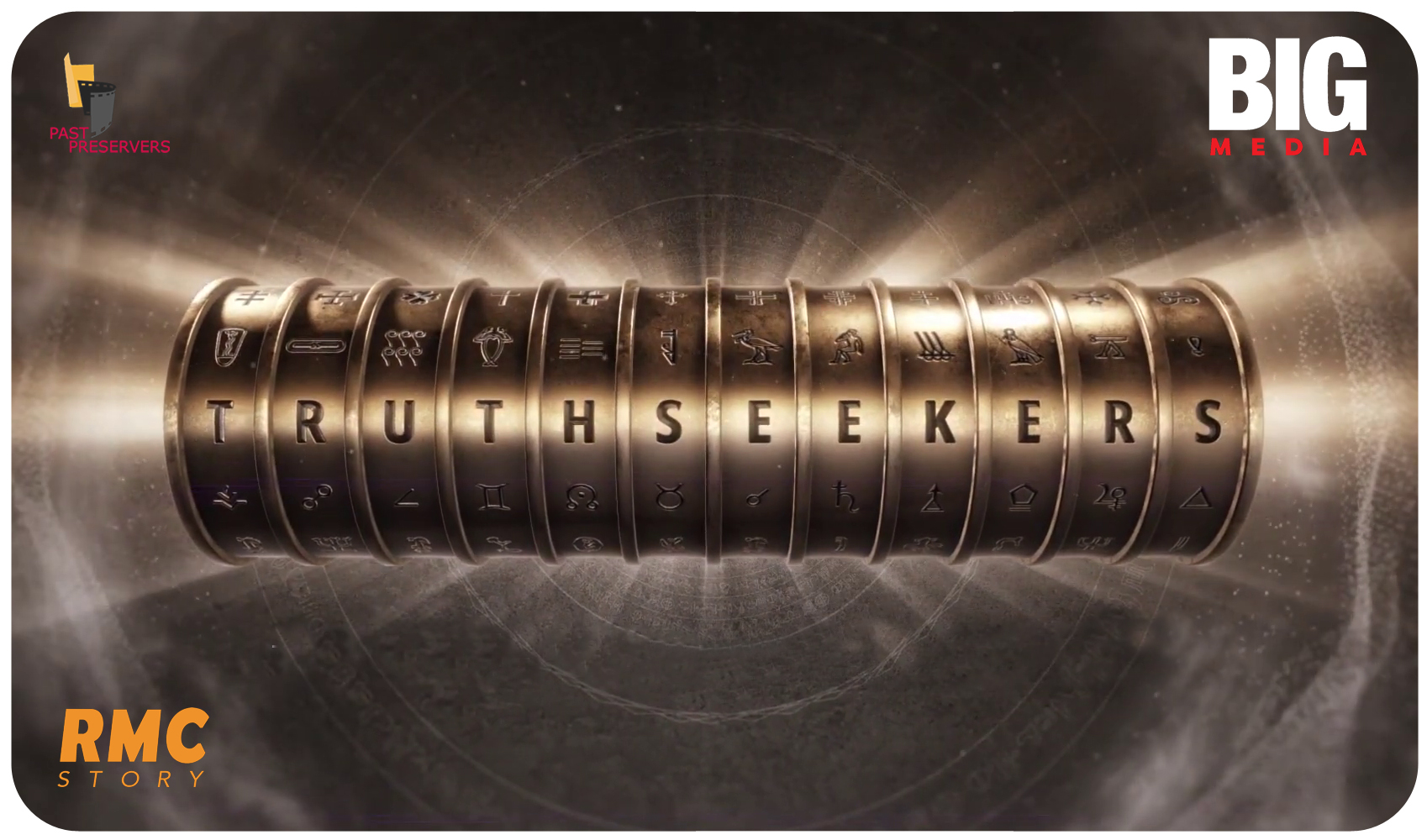
The Templars had been destroyed a hundred years before Richard III took the throne of England. But as I’ve just been to the city of York where he came from, I couldn’t resist a blog post about the most evil monarch we ever had. Because there’s been a campaign since his skeleton was discovered in another English city to have him buried in his native York.
Richard III came to power in 1483 and spent two turbulent years on the throne. It was a time of civil war in England – the so-called War of the Roses – where the country’s aristocracy hacked each other to bits in one battle after another. It pitched the House of Lancaster (Red Rose) against the House of York (White Rose).
Richard was a Yorkist. But not hugely popular after the mysterious disappearance of his young nephews, most likely murdered in the Tower of London. This was to protect his right to rule with no competitors. But shocking given that they were just young boys. Nevertheless, there is a strong “Ricardian” party of historians and enthusiasts today who argue that Richard III was innocent of that crime and has been much maligned by people like William Shakespeare.
His reign came to a bloody end at the Battle of Bosworth, which he lost to Henry Tudor. He didn’t have a particularly legitimate claim to the throne but this was an era when might was definitely right. Richard was slain by being hacked around his head so violently that his helmet apparently stuck to his skull.
And then his naked body was slung across a horse and buried without any ceremony. For centuries, its whereabouts was unknown until archaeologists found and were able to verify his remains under a car park in Leicester. He was subsequently buried in Leicester Cathedral in 2015 with full royal pomp.
READ MORE: Martyred saints and the Knights Templar












The problem is: York wasn’t Richard III’s home. He was born in Northamptonshire and lived in many places during his life – but never lived in York.
Also, the idea that York remained “stubbornly loyal” to Richard after his death is rather belied by the York City Rolls which record that, just two days after Bosworth, while Richard was laid out on a slab in a Leicester church, the York city leaders were enquiring how they should act under the new Tudor regime for the “welfare and profit” of their city.
Fortunately, Richard was never forgotten in Leicester, the city which cheered him on his way to Bosworth. mourned him on his return, gave his a Christian burial in the holiest part of one of its churches and is full of memorials to him.
Good archaeological practice, good religious practice and frankly good taste require his remains to be re-interred with honour and dignity in the nearest consecrated ground to his original grave, and not grasped at for financial gain and petty victory, which was the basis of that petition, a petition which received over 3,000 fewer signatures than a petition to keep Richard in the parish where he was commended into God’s care 528 years ago.
Thank you for a well considered and researched argument – I’m convinced!
This reminds me of the old English proverb: Let Sleeping Dogs Lie!
This reminds me of the old English proverb: Let Sleeping Lie